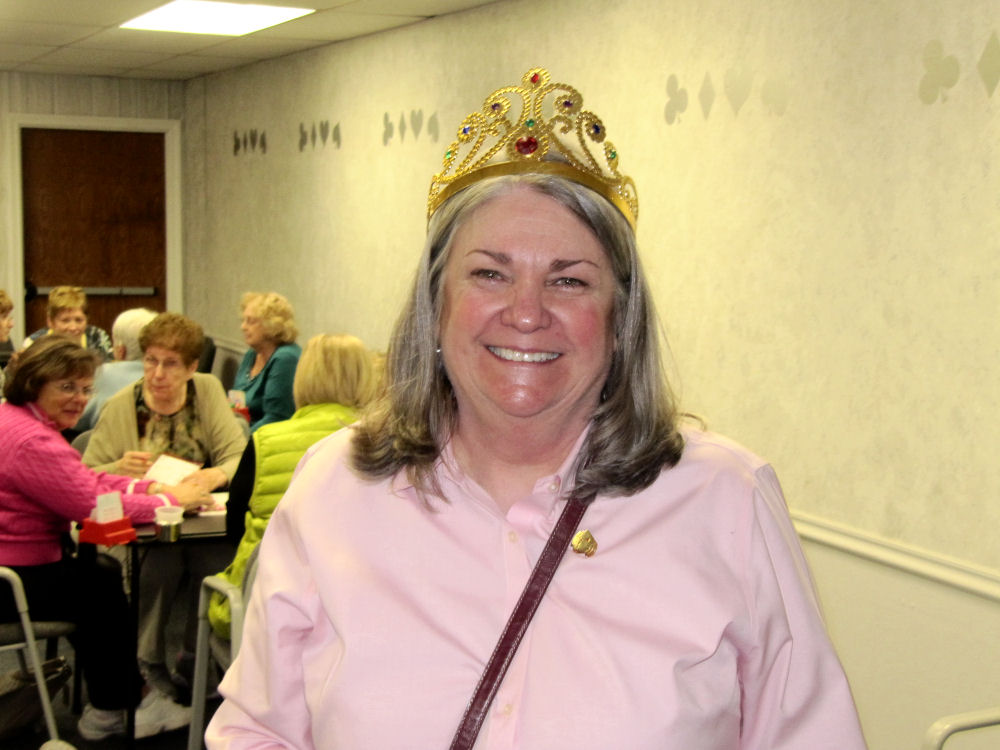Also May, June, July, etc. Continue reading →
I long ago realized that the common view of human beings as rational decision-makers is hooey. Three things that I have recently encountered have reinforced this for me to the extent that I have been considering applying for membership to another species. The elephants that are featured on my World Wildlife Federation calendar look like an inviting possibility.
I have almost finished Daniel Kahneman’s Thinking, Fast and Slow. One of the many astounding things that his research has uncovered is how incompetent most people are at using probabilities to make decisions. I already knew that many people are poor at calculating the probability of the occurrence of certain types of events, but I never would have guessed that even when they are given the probabilities they are unable to apply them to make utilitarian decisions. One of the many things that he discovered was that people routinely overweight the likelihood of unlikely events, and the effect is substantial. The research studies produced the following table:
| Probability (%) |
0 |
1 |
2 |
5 |
10 |
20 |
50 |
80 |
90 |
95 |
98 |
99 |
100 |
| Decision weight |
0 |
5.5 |
8.1 |
13.2 |
18.6 |
26.1 |
42.1 |
60.1 |
71.2 |
79.3 |
87.1 |
91.2 |
100 |
So, when people make decisions they exaggerate the possibility of a 1 percent likelihood by a factor of 5.5, and they exaggerate the difference between a certainty and 1 percent failure by a factor of 8.8! The former helps to explain why so many people waste their money playing the Lotto and gambling in casinos. It’s not just that they are fixated upon the payoff (as they are), that fixation makes them think that they have a much better chance of winning than they actually have.
The misjudgment of the difference between 99 and 100 percent results can make people continue to devote resources to projects that are almost certain to fail long after that likelihood has been manifest even to them. This helps explain why people keep pouring money and effort into failing businesses and projects with little chance of success. That 1 percent chance of the project succeeding looks much bigger to them.
I remember distinctly that I had an experience with a project like that. I developed a software system for nursing homes that allowed them to compute what they would be reimbursed by the state of Connecticut while they still had a chance to change policies. We installed it at one of our customers, and the proprietor loved it. I abandoned the project when I discovered that an accounting firm that numbered almost every nursing home in the state as a client already provided this kind of service. When I realized that my chances of competing with them were slim, I abandoned the project, moved on, and never looked back. Many others are apparently just incapable of admitting defeat early.
I have absolutely no idea why anyone would think that something that is 50 percent likely should be valued at only 42.1. Although Kahneman does not address that one, I believe that the assessment is probably correct. Sue has told me that she does not like to take finesses in bridge, which ceteris paribus have a 50 percent chance of succeeding, because she does not like the idea of losing that trick.
In short, most humans should not be trusted with a decision about any matter with a likelihood between 1 percent and 99 percent.
* * *Since Sandy Hook there has been much discussion about reinstating the ban on “assault weapons” and high-capacity magazines. Although I strongly believe in one form of gun control (a national ban on handguns), the arguments presented both in favor of and against assault weapons make me see red. Those in favor of the ban argue that the fact that a weapon that could hold so much ammunition allows a shooter to kill more people than if he needed to reload. I seriously doubt that that is true. The shooter carried two handguns and a shotgun in addition to his rifle, and he had ten magazines for the rifle. It does not take more than a few seconds to eject a magazine and put in a new one. Furthermore, at short range the handguns would be almost as accurate as a rifle. So, maybe he needs to bring four handguns instead of two. Does anyone think that this lunatic would have been deterred by the fact that it would have taken him ten minutes instead of five to fill up twenty-six body bags?
Of course, assault weapons with large magazines are not needed for hunting (other species), but the most salient argument that gun enthusiasts proffer is that if there were a dictatorship, as in, say Syria, and the populace needed to resist, it would need weapons. It is definitely true that the assault weapons would be more useful in such an endeavor than shotguns or handguns. Unfortunately, as the 70,000 dead Syrian rebels have discovered, the air power and tanks that are available to the government render any type of firearm fairly useless.

S.S.
Needless to say, the solution to the Sandy Hook problem proposed by the NRA and a few others of arming thousands (millions?) of Fearless Fosdicks hired to patrol the hallways of the schools is so ridiculous as to preclude a serious examination. They can hire Steven Seagal (with his “millions of hours” of training) to do that in Arizona if they want. In Connecticut, the Land of Steady Habits, we prefer that there be no guns at all in the schools.

F.F.
The point is that assault weapons kill very few people in the United States, and removing them (assuming that that is even possible) would cause very little, if any, harm, and do very little, if any, good. From a practical point of view this is just not a critically important issue. In short, this is a distraction from the real problems.
* * *What is an important issue is what has happened to our labor force. Since the collapse of the economy engineered by the geniuses hired by the brokerage firms (I refuse to call them banks) and the previous administration’s misguided policy of trying to establish an “ownership society,” the ratio of employment to the total population has
tanked. The Obama administration’s policies have had essentially no effect in the last four years. And yet, the unemployment rate has decreased markedly in that time. How is that possible? There is only one possible answer: lots of people have left the labor force.
Some of them have retired, of course. Another group has gone back to school. However, I was surprised to learn from a podcast produced by the radio show This American Life that fourteen million Americans are now receiving disability payments from the federal government. These people are not getting rich off of this program, but some private companies are:
- States have been paying private companies to comb the welfare rolls looking for people who could qualify for disability. These companies are paid thousands of dollars for each person whom they successfully move from the temporary state program to the permanent federal one, and they have high success rates.
- Law firms such as Binder and Binder (thirty thousand disability clients in 2012 alone) contact people whose applications for disability have been rejected by the Social Security Administration. They represent the claimant in a hearing before a judge. Incredibly, no one represents the government, and the lawyers who win receive 25 percent of the awarded backpay, which amounts to about $1 billion per year.
The result of this bizarre system is that, as hard as it is to believe, since 2009 the economy has created about 150,000 jobs per month, but in the same period about 250,000 people per month have applied for disability. The system that was designed to help cripples has become the safety net for people for whom the modern economy has no use. I know a few of these folks; you probably do, as well. I doubt that the current approach is optimal, but I have yet to hear or read of a better approach. It is difficult not to think of Soylent Green at this point.












